Why All the Cool New Dinosaurs Are From Asia And South America

How we imagined prehistory in the mid-1800s (Image: Henry de la Beche/Wikimedia)
When paleontologists look for a place to find dinosaur bones, they’re searching out spots with a few particular qualities. The rocks need to be the right age, and they need to be sedimentary rock. It helps if they’re in an arid environment, where erosion pulls away layers of rock and exposes more of the past. Also, they need to be as far away from other paleontologists as possible.
Ultimately, there are only so many easily accessible places in the world where vast swaths of land meet these criteria. Of all the different kinds of dinosaurs discovered, most have come from just six countries: China, Argentina, the United States, Mongolia, Canada and England.

At one point in the history of paleontology, discoveries came at a relatively slow pace, but now it seems like a new type of dinosaur is being discovered every week. And that’s not far off; in some recent years, the discovery of new dinosaur genera (the taxonomic strata above species but below family) has happened at a record pace: three, four, even six dozen new genera of dinosaurs are being described every year. In 1990, 285 genera, most of which contain just one species, were known; by 2006, it was 527. Today, that number’s edging towards 1,000.
There are a few reasons why so many dinosaurs are being identified so quickly: technology for scanning and analyzing bones has sped up the pace of paleontological publication, and the number of working paleontologists has increased in the past few decades. But part of the reason is strictly geographical: more paleontologists are being trained in more places around the world and are working locally. And in places like China and Mongolia, international access to potential dig sites, limited through most of the 20th century, has dramatically opened in the past 25 years.
“We are still in the part of history where the rate of discovery is increasing,” says Ken Lacovara, a paleontology professor and fossil quarry director at Rowan University.

The ‘Anzu wyliei’ dinosaur, dubbed the “chicken from hell”, discovered in North and South Dakota (Photo: Mark Klingler/Carnegie Museum of Natural History)
There is a limit to how long this fossil frenzy can go on, though. In 2006, a paleobiologist and paleontologist published a paper in the Proceedings of the National Academy of Sciences estimating that, in total, there were about 1,850 discoverable genera of non-avian dinosaurs. At the time, the rate of discovery was shooting up, particularly in four key countries: between 1990 and 2006, the number of dinosaur genera found in Mongolia had increased 45 percent; in the U.S., 48 percent; in China, 132 percent, and in Argentina 165 percent.
The paper predicted that humans would identify 75 percent of discoverable genera within 60 to 100 years and 90 percent within 100 to 140 years; we’re already around 50 percent, due in part to the rapid pace of discoveries coming from China. Since 2006, China has become the world’s top country for dinosaur discoveries; one Chinese paleontologist has named more new species of dinosaur than any other single person.
The U.S., China and Mongolia do have some features in common: they’re gigantic, which is one reason why the finds are so numerous, and they have large stretches of arid environments—think of the badlands, deserts, and plains in the American West or the Gobi desert in Mongolia. (England, in contrast, ranks as a top spot for discovery mostly because it was home of the world’s first paleontologists.)
But the story of the boom looks different in each hotspot. In Argentina’s Patagonian region, for instance, where Lacovara led a team that discovered the giant Dreadnoughtus, no one had seriously looked for dinosaur fossils until the mid-20th century. But then George Gaylord Simpson, one of the era’s great paleontologists, started working there, followed by José Bonaparte, an Argentinian who trained a generation of South American paleontologists. They started finding a wealth of fantastic fossils in Patagonia.
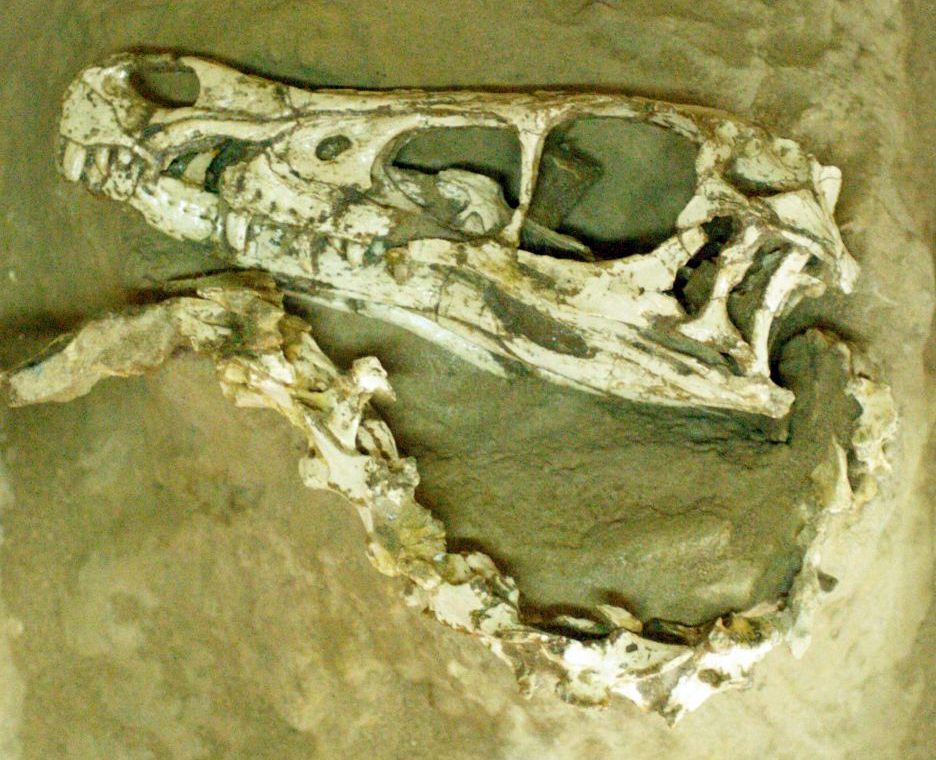
A close-up on part of one of Mongolia’s most famous fossils (Photo: Thomas Vandenberghe /Wikimedia)
In Mongolia, American paleontologists knew the desert could be a rich resource for dinosaur fossils: they had started looking there in the 1920s, before the Soviet Union closed off access to foreign researchers. It wasn’t until the Iron Curtain fell, in the 1990s, that they were able to return and re-start work.
Paleontologists aren’t looking to just find any fossils, though. They’re looking for something no one’s ever seen before, or for evidence that will support or dispel their hypotheses about how the past worked.
“A lot of the stuff that’s found is just replicating old collections,” says Mark Norell, the chair of the paleontology division at the American Museum of Natural History. “If you’re going to find the really good stuff, you have to go to places where a lot of people haven’t looked,” Usually, he says, there’s a reason people haven’t looked in certain places.
Finding the right kind of rock, of the right age, is relatively easy now, since geologists working either for governments or for industries have mapped much of the world’s underground layer. The question then is: how to access it? In deserts, the rock is exposed and easy to get to; in jungle, digging for fossils would mean clearing out riots of vegetation. Instead, Norell says, paleontologists look for places where rivers have cut through and exposed layers of rock.
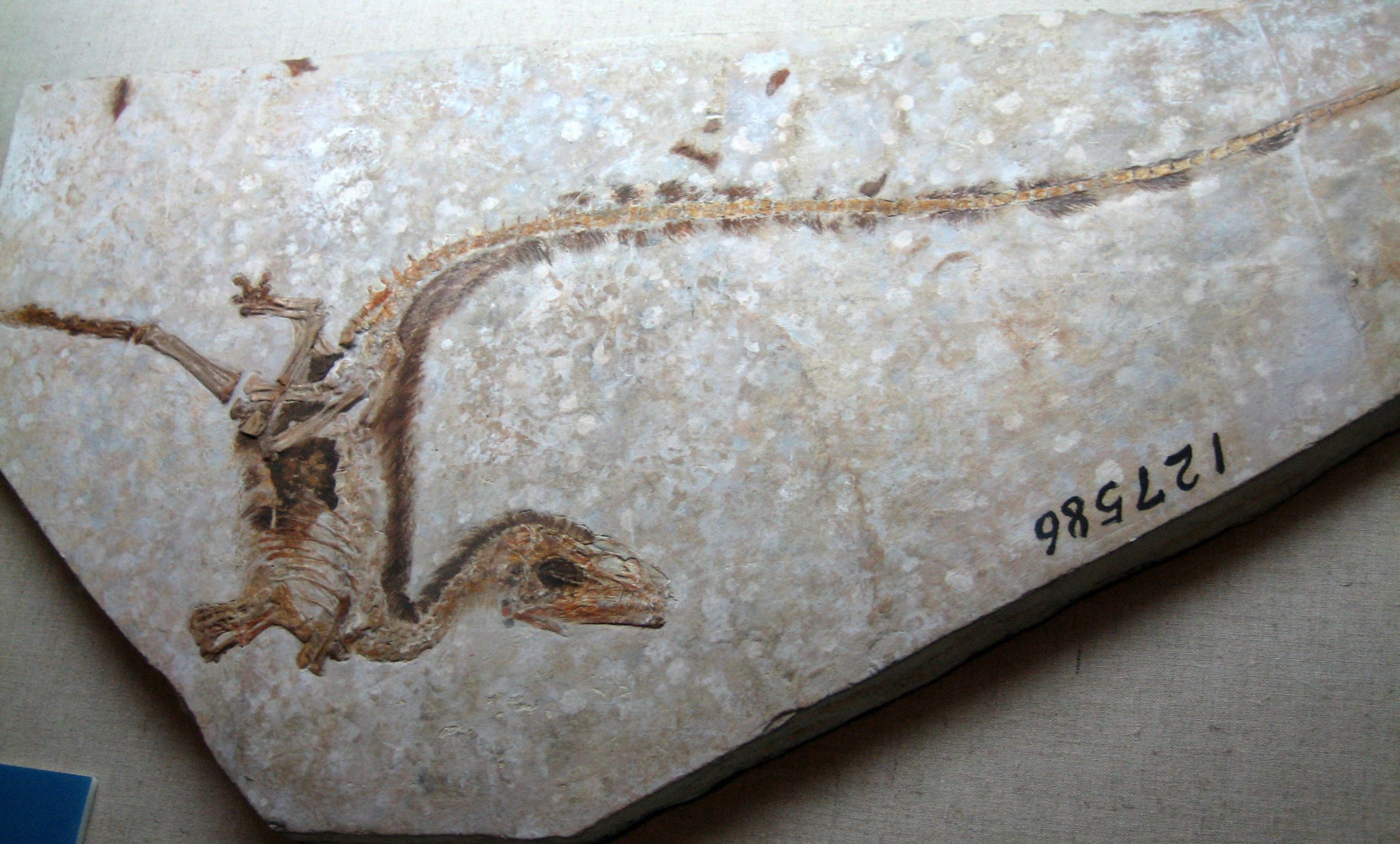
A fossil found in China’s Inner Mongolia (Photo: Sam Ose / Olai Skjaervo/Wikimedia)
There are plenty of spots that haven’t been thoroughly combed over. Besides the big six, paleontologists have had great success finding fossils in South Africa, Madagascar, India, Kazakstan, Romania, and Egypt, says Norell. Right now, he’s looking at northern Myanmar as a possible site: a few people have found fossils there, he said, although no dinosaur fossils yet. Soon, he’ll travel there, meet with economic geologists, and hike doing field-checks, looking for little fragments of bones and trying to determine if it’s worth raising money to do a more extensive investigation of the area.
“It has gotten easier,” Norrell admits. “We used to have the most primitive GPS in the world, and now we have much more sophisticated satellite imagery. You can look at images with a resolution the size of a picnic table from the middle of Central Asia or the Laos-Vietnam border. We used to just drive around, hop out of cars, and look with binoculars for places that are exposed.”
But if finding the sites has gotten simpler; accessing the remaining unexplored spots has only gotten more challenging, thanks to fraught geopolitics and regional instability. “There are places I know that would be amazing,” says Lacovara. “I would love to do dinosaur paleontology in Iraq and Afghanistan. They would be great. I would love to go to Libya. Chad is another place. But that would be hard.”
One hopes that the countries that are currently off-limits to researchers will grow more stable in the coming years, and the number of local paleontologists will increase. After all, there’s still an estimated 50 percent of discoverable dinosaur genera left to be found.
“I doubt if humanity will ever find every dinosaur species,” says Lacovara. “I’m sure we won’t.”


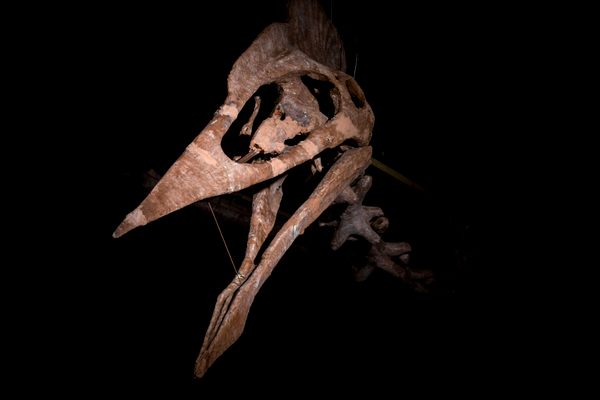
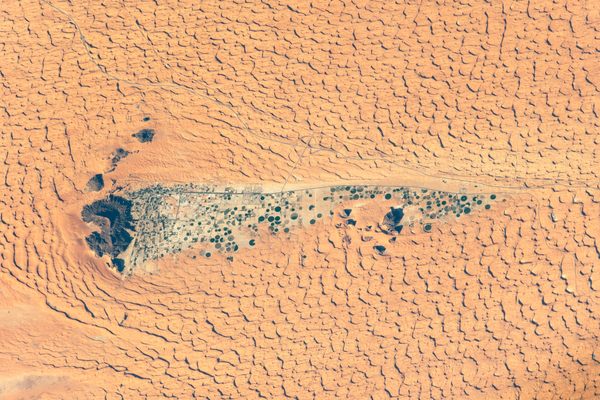
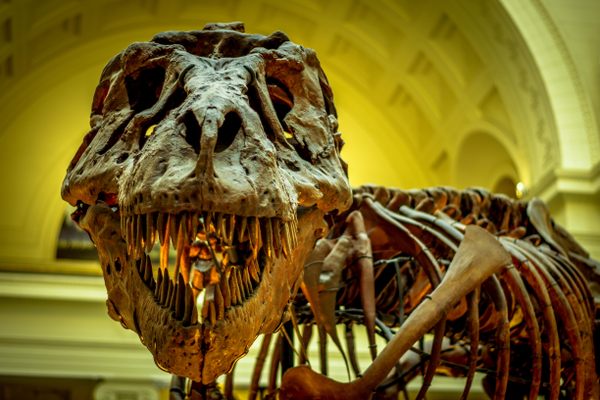











Follow us on Twitter to get the latest on the world's hidden wonders.
Like us on Facebook to get the latest on the world's hidden wonders.
Follow us on Twitter Like us on Facebook